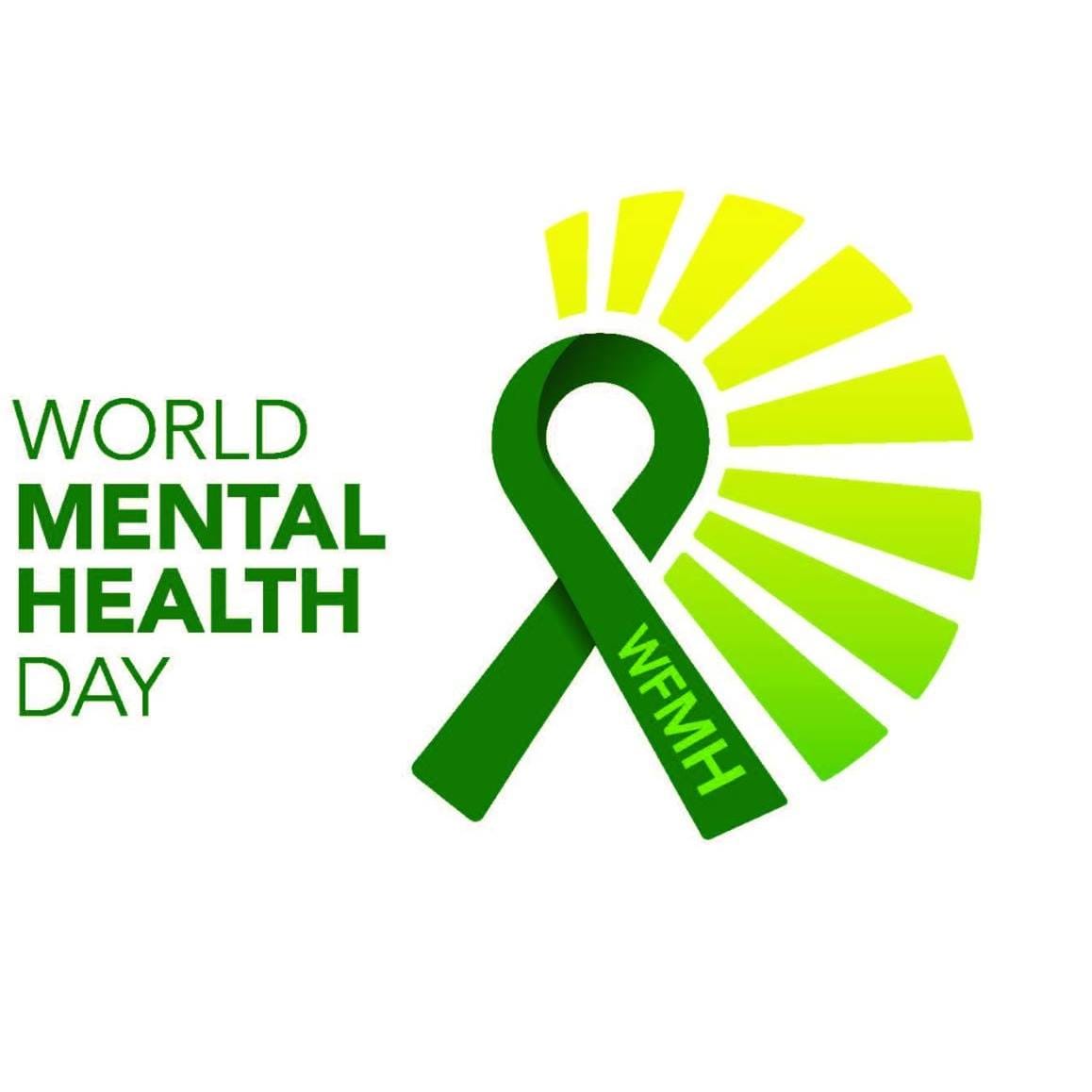World Mental Health Day
October 10. Every year. This is when the world talks about mental health. Richard Hunter, Deputy Secretary General of the World Federation for Mental Health, started it in 1992. Twelve countries joined in. Today? Over 150 countries recognize the day.

What It Does
World Mental Health Day raises awareness. It fights stigma. It pushes for better mental health care everywhere.
The day makes mental health a global priority. It starts conversations. It positions mental health as a human right.
2025: Access in Crisis
This year's theme is
"Access to Services- Mental Health in Catastrophes and Emergencies"
The focus is on people affected by humanitarian crises.
Conflicts, natural disasters, and public health emergencies cause emotional distress. One in five people in these situations develops a mental health condition.
The numbers tell the story. By the end of 2024, over 123 million people were forcibly displaced worldwide. 71% of them are in low and middle-income countries where health systems are already strained.
Globally, 970 million people live with a mental disorder. Anxiety and depression are the most common.
Explore WMHD 2025 Campaign Toolkit
https://wmhdofficial.com/wp-content/uploads/wmhd-2025-document_v01.pdf
Different Themes, Same Day
Organizations worldwide chose their own angles for 2025:
Mental Health Foundation (UK): "Overwhelm: when global events and relentless bad news become too much." They're addressing doomscrolling and constant crisis exposure.
National Council (US): "One in Mind." Mental wellbeing connects everyone across experiences, locations, and roles.
PAHO (Americas): Focus on children and adolescents. Critical periods for brain development that get overlooked.
Mental Health UK: "Good mental health isn't a constant." Acknowledging that everyone goes through difficult times.
The Reality in 2025
We're facing a global mental crisis. Some studies estimate one out of every two people will develop a mental health disorder in their lifetime.
Mental health conditions cause difficulties in all aspects of life. Relationships. Work. School. People with severe mental health conditions die 10 to 20 years earlier than the general population.
Mental health issues cost the global economy $1 trillion every year. Globally, 12 billion working days are lost to depression and anxiety.
The treatment gap is massive. Over 75% of people in low and middle-income countries lack access to mental health care.
Mental health disorders account for 10% of global disease burden, but only 1% of global health workers are dedicated to mental health.
Young People Lead the Conversation
Young adults aged 18-25 show the highest rates of mental illness at 36.2%. Nearly half of adolescents will encounter some form of mental disorder by age 18.
In 2025, 33% of Americans are making mental health new year's resolutions. That's the highest since polling began in 2021. Among 18-34 year olds, it jumps to 48%.
65% of women consumers actively seek products or services to improve their mental well-being. That's a 33% increase from three years ago.
What Changed After COVID
The pandemic hit hard. There was a 26% increase in anxiety disorders and a 28% rise in major depressive disorders in 2020.
The effects lasted. Mental health moved from personal priority to societal imperative.
How to Get Involved in 2025
Organizations offer multiple ways to participate:
Tea & Talk events: Host conversations on October 10. Research shows talking helps mental health.
Walk 100 Miles in November: Physical activity manages stress, builds confidence, lifts mood.
Webinars and online courses: Learn from experts about workplace mental health, crisis response, and building resilience.
Social media campaigns: Share resources, stories, and facts using official graphics and hashtags like #OneInMind.
What Works
Integrating behavioral health into primary care helps. So does prioritizing workplace wellbeing. AI tools can identify risk factors and support ongoing care.
Community-based mental health services deliver better outcomes than institutional care. Services in schools, general hospitals, and peer support networks reach people where they are.
During humanitarian crises, mental health and psychosocial support must be core to emergency response. It saves lives and helps communities rebuild.
The Workplace Connection
Only 13% of employees feel comfortable discussing mental health at work. Yet 47% display presenteeism - showing up but not being productive due to poor mental health.
Employees take around 18 days off per year for stress, depression, or anxiety. More than for physical injuries.
Safe, healthy work environments protect mental wellbeing. Poor conditions elevate risks. Organizations that support mental health see better outcomes.
The Path Forward
Many mental health conditions can be effectively treated at relatively low cost. But health systems remain significantly under-resourced and treatment gaps are wide.
Governments allocate only about 2% of their health budgets to mental health care. Many low and middle-income countries spend less than 1%.
What needs to happen:
- Remove barriers to care
- Provide resources globally
- Support mental health workers
- Fight stigma and discrimination
- Make mental health care a universal right
Why October 10 Matters
World Mental Health Day gives everyone a reason to pause. To talk. To check in.
Mental health affects everyone. It's not separate from physical health. It's not a weakness. It's not something to hide.
The day creates space for honest conversations. It mobilizes global efforts. It reminds us that supporting mental wellbeing isn't optional.
Whether you're in crisis, supporting someone who is, or just trying to stay well in difficult times - World Mental Health Day says you're not alone. That matters.




